Specifications
| book-author | J.Kenneth Shultis, Richard E. Faw |
|---|---|
| publisher | CRC Press; 3rd edition |
| file-type | |
| pages | 660 pages |
| language | English |
| asin | B01MZZN54F |
| isbn10 | 1498769292 |
| isbn13 | 9781498769297 |
Book Description
One of the best ebooks on the subject; Fundamentals of Nuclear Science and Engineering; 3rd Edition (PDF); presents the nuclear science concepts needed to understand and quantify the whole range of nuclear phenomena. Noted for its accessible level and approach; the 3rd Edition of this long-time bestselling PDF etextbook provides overviews of nuclear physics; medicine; nuclear power; propulsion; and radiation detection. Its flexible organization allows for use with Nuclear Engineering majors (or minors) and those in other disciplines. The 3rd Edition features updated coverage of the newest nuclear reactor designs; radiation health risks; fusion reactors; and expanded discussion of basic reactor physics with added examples. A complete Solutions Manual and figure slides for classroom projection are available for instructors adopting the text (sold separately).
Note: This purchase only inlcudes the PDF of the book. No online access codes included
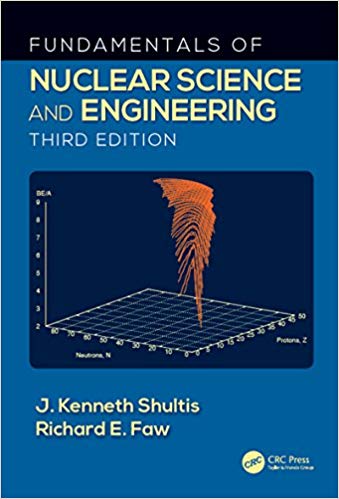
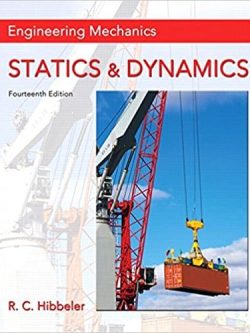



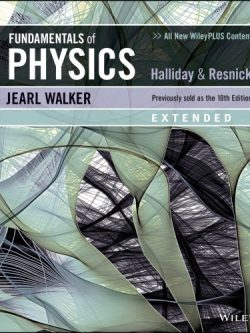
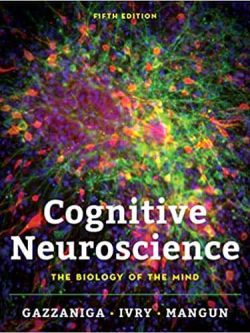


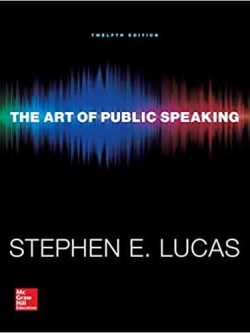



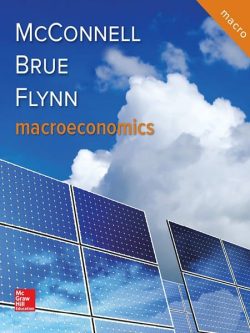
Reviews
There are no reviews yet.